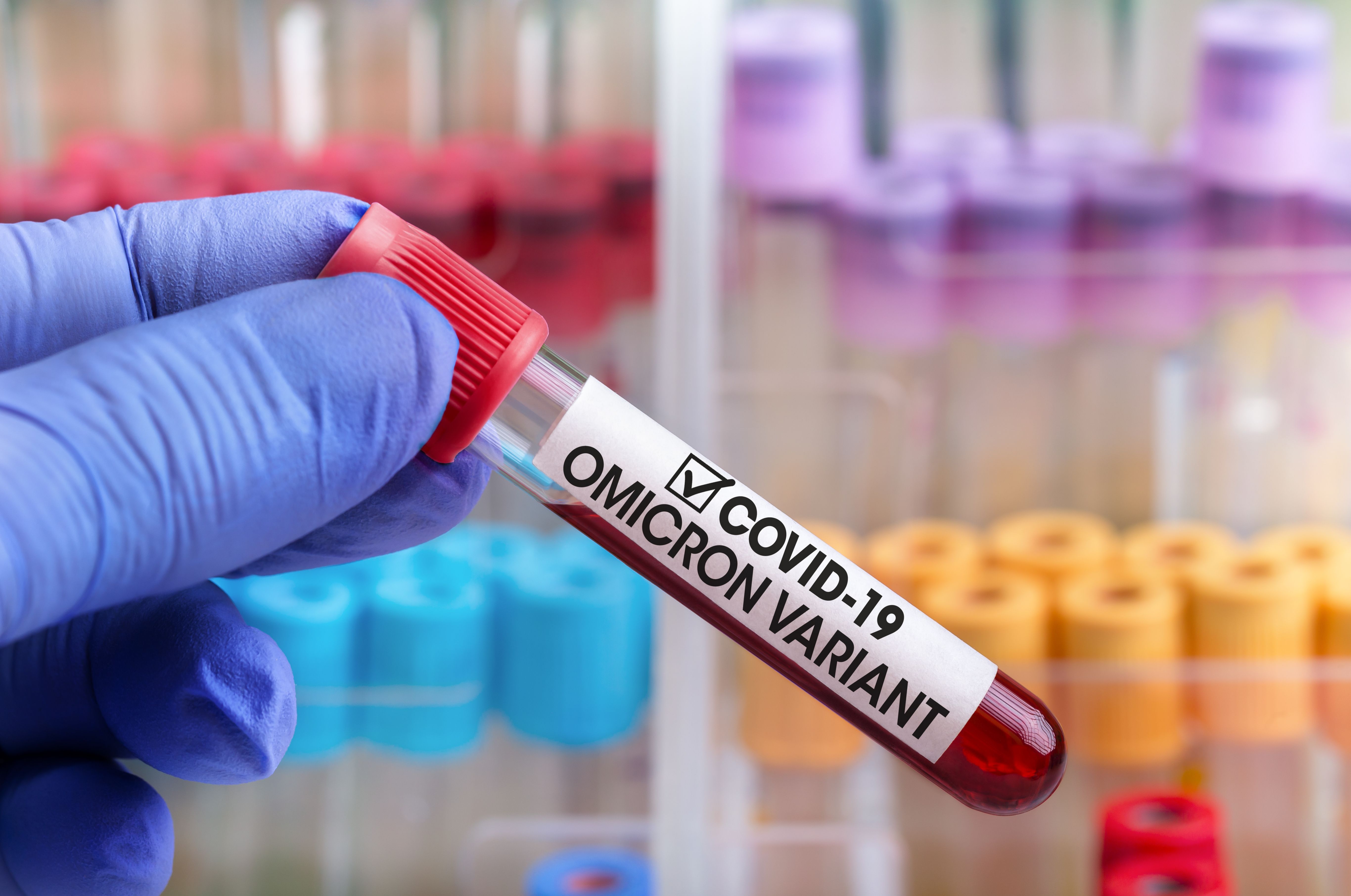How Many People Contract Omicron Without Knowing?
56% of adults with evidence of Omicron seropositivity did not know they were infected.

The COVID-19 pandemic has taught us to expect the unexpected. The continued mutation of the virus has made it difficult to conclusively know the signs and symptoms of COVID-19 infection.
This is evidenced by the rapid emergence and spread of the Omicron variant. Omicron demonstrated increased transmissibility due to its unprecedented ability to evade vaccine and infection-based, “natural” immunity. One of the most mysterious aspects of Omicron, however, is that infected persons may experience unexpected symptoms, or no symptoms at all.
An original investigation, published yesterday in JAMA, examined the proportion of individuals who contracted Omicron without awareness of their infection status.
The study was conducted among a diverse cohort in a populous, urban region of Los Angeles County. Before or after this region’s Omicron surge, the investigators analyzed records of adult patients and employees of the Cedars-Sinai academic medical center.
Potential study participants completed surveys detailing any COVID-19 exposures and symptoms. All participants were invited to complete monthly health update surveys, as well as contact the study coordinators with any health status updates.
A total of 210 participants who provided plasma samples for serological assay and met the inclusion criteria for seroconversion during the Omicron variant surge period were included in the study. The cohort was 65% female, and the average age was 51 years. The investigators found that 44% (n = 92) were aware of their recent Omicron infection, while 56% (n = 118) were reportedly unaware they had been infected.
Among the 118 patients unaware of their infection status, 10% (n = 12) noted they were symptomatic, but had attributed these to a common seasonal cold or other non-COVID-19 illness.
Multivariable analyses found the participants who were employed at the health center were 2.46% more likely than the patients to be aware of their recent Omicron infection. Overall, infection awareness was still low, even when broken down by hospital employees versus patients.
The investigators concluded that despite the marginally higher awareness among health care workers, more than half of adults are unaware of their recent Omicron infection. This means the adults were likely going about their typical day-to-day routine, unaware they were positive for COVID-19, and likely contributing to the Omicron spread. The study authors posited that this lack of awareness may be driving the rapid person-to-person transmission of the Omicron COVID-19 variant.
